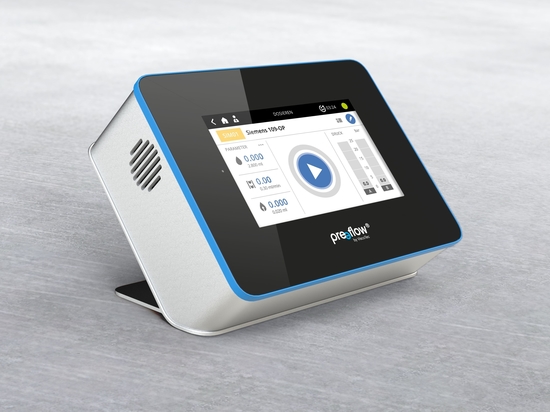
#White Papers
Perfect dosing of two-component silicones
Materials science and optimized handling
Silicone has become one of the most versatile connecting materials and can be used across a huge range of applications. Although many users are only familiar with standard commercial "silicone sealants" in plumbing, the material has considerably more potential uses. Meanwhile, the ongoing development of silicones is opening new applications in the industry for future production methods. The development of new products and production methods means that users are constantly faced with new requirements in terms of silicone's material properties. However, extending its material properties also calls for development of the processing systems to keep pace with the new applications in production processes. This applies for both – one and two component materials. Because of these two technological drivers for chemical joins, this sector is currently experiencing rapid development. As a result of their versatile material properties, two-component silicone rubbers are being used increasingly frequently in industrial applications. These silicones are long-chain polysiloxanes - mainly in a pourable to plastic form - that are vulcanized to an elastic rubber by addition or condensation curing. Their key features include high temperature resistance, good diffusion density, high chemical resistance and adjustable thermal conductivity. They are primarily used in the automotive and electronics industries, but also increasingly in the pharmaceutical and orthopedics industry. One very interesting product development involves two-component silicones in which the material hardness ("Shore hardness") in vulcanized form can be varied by regulating the mixing ratio. Uses of these silicones include applications in medical technology. In the manufacture of prosthetics, orthopedic arch supports and pads, this type of silicone enables different hardness ranges to be established within a product. To implement this control of the material hardness effectively in a manufacturing process, the dosing system used must guarantee easy adjustment of the mixing ratio synchronized with the hardness profile during material application.







